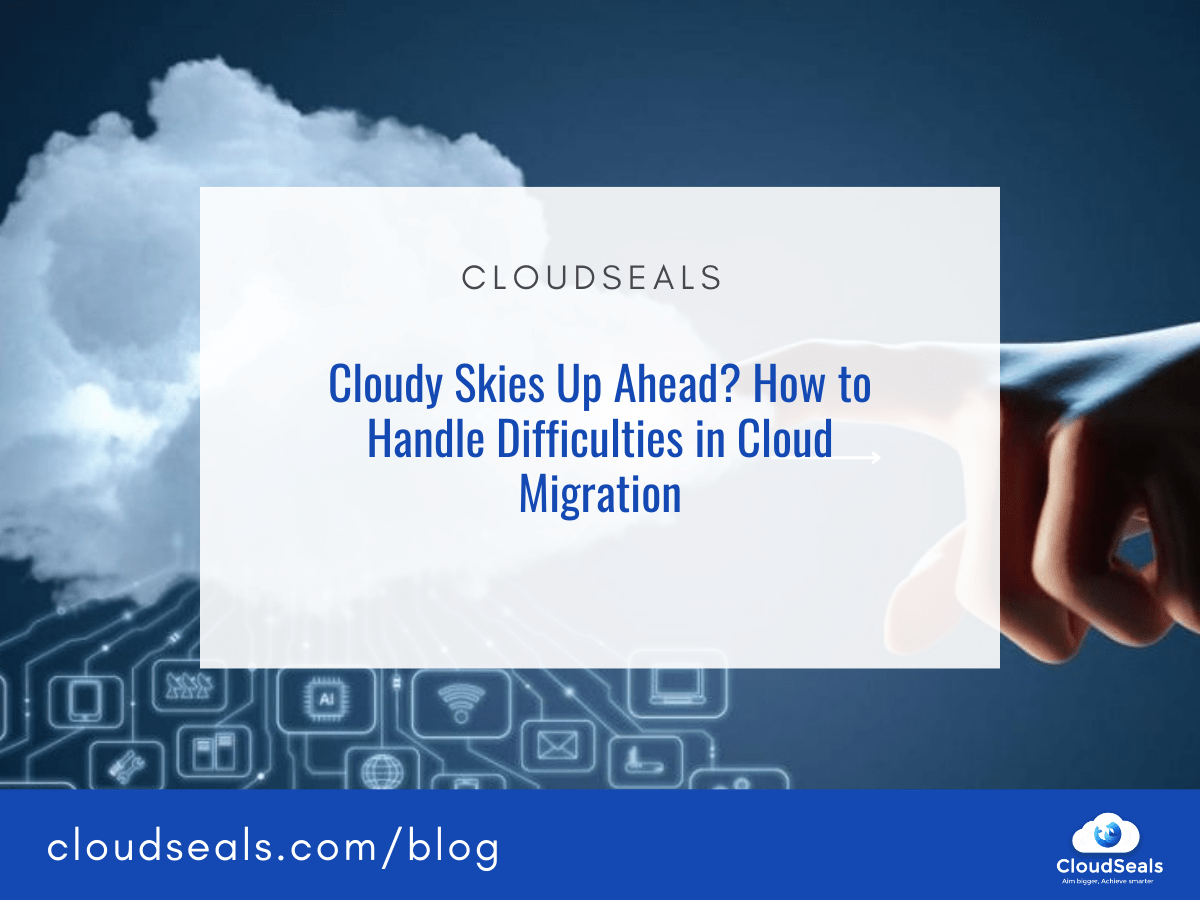Cloud migration offers bright futures full of financial savings, flexibility, and innovation for your company. It’s not always a smooth ride, either. If you’re not ready, your cloud adoption ambitions may face stormy “make-or-break” obstacles very soon.
We’ll walk you through three of the most significant cloud migration roadblocks in this article, which, if not managed skillfully, could jeopardize your success. Plus, doable advice for taking them on head-on.

1. Legacy App Entanglements
The outdated on-premises apps that run essential operations risk becoming major bottlenecks. They aren’t cloud-ready out of the box since they are based on monolithic architectures with antiquated languages, systems, and intricate interdependencies. Lift-and-shift migrations frequently go wrong, leading to problems with functionality and performance. Re-platforming them for the cloud turns out to be costly and time-consuming as well.
Best Practice:
Cloud-native technologies, ideas, and best practices should ideally be used in the re-architecture of older applications. This implies:
-
- Separating them into cloud-scale, decentralized microservices.
-
- For mobility, these services should be containerized and managed via Kubernetes.
-
- Data model optimization for cloud data repositories such as AWS Aurora or DynamoDB
-
- Using serverless functions and API gateways in place of bulk uploads.
Even though re-architecting takes more work up front than just rehosting, in the long run it offers significant cost, agility, and robustness benefits—it keeps legacy entanglements from impeding your cloud move.
2. Navigating Data Security Compliance Storms
Organizations still struggle with residency restrictions, loss of physical control, data leakage, and theft risks that impede cloud adoption, especially in regulated industries like healthcare and finance, despite the extensive security controls and advanced threat protection that cloud platforms offer natively.
Easily Navigable Strategies:
-
- Prior to migration, categorize data according to sensitivity levels and map relevant controls and access regulations.
-
- Examine private or hybrid cloud possibilities for information subject to strict legal requirements.
-
- To improve security, use tokenization, encryption, and data loss prevention (DLP) solutions.
-
- Keep thorough audit trails that document data access, movement, and modifications.
-
- Create procedures for security audits and certifications to ensure ongoing compliance.
Cloud-based security technologies, in conjunction with robust data governance and policies, enable seamless cloud migration, even in highly regulated contexts.
3. Capsizing into Vendor Lock-In
Over-reliance on the proprietary technologies, services, or data repositories of a single cloud provider can eventually result in severe technological dependence or even lock-in. This may restrict future opportunities for data migration, interoperability, and cloud architecture adjustment without requiring extensive redesign.
Breakaway Methods:
-
- Prefer open-source, cloud-independent software and solutions built on open APIs.
-
- Provider services should be contained in modular microservices with abstracted interfaces.
-
- Create multilingual, interoperable persistence models with JDBC and other standards.
-
- Determine secondary vendors early on and do a thorough evaluation of the providers.
-
- Demand contracts that are clear and permit flexible extraction of data from systems.
You may keep future modernization initiatives from being jeopardized by provider lock-ins by doing your research and choosing cloud architecture choices that maintain independence.
A little overcast or clear sailing ahead?
Although cloud migration may seem daunting, with the right strategies, you can confidently overcome even the most difficult obstacles and find the easiest and safest way to start reaping the benefits of the cloud. Get in touch with our cloud experts to learn more about our tried-and-true best practices for cloud adoption!




